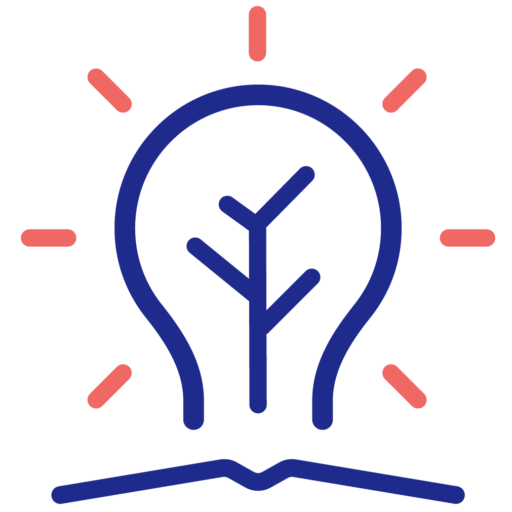
In qualitative research, analysis is often described as a layered process—starting with descriptive codes and building toward complex, interpretive themes. Yet too often, we think of writing as something linear: once we analyse, we write. But effective qualitative writing mirrors the analytical process itself—it’s layered, recursive, and constantly evolving.
In this post, I want to take you deeper into what it means to write with layers. Whether you’re preparing a journal article, a thesis chapter, or a presentation, iterative drafting is not just about improving clarity—it’s about building deeper, more nuanced interpretation.
Layers Aren’t Just Edits—They’re Meaning-Making
When we talk about layering in writing, we’re not just talking about polishing sentences or fixing structure. We’re talking about interpretive depth. Each draft helps us move from description to analysis, from surface observations to theoretical insight.
Think of it like this:
- Your first layer might describe what participants said.
- The next explores how they said it, and what social or cultural meanings underlie their words.
- A further layer connects these insights to broader frameworks, patterns, or paradigms.
Just as analysis deepens from description to interpretation, writing evolves from initial impressions to conceptual clarity.
Iteration Reflects Reflexivity
Layered writing isn’t about indecision, it’s about reflexivity. As qualitative researchers, we understand that knowledge is situated and shaped by context. So too is writing. What you notice and emphasise in your early drafts may shift as you reread, reconsider, and reframe.
Perhaps your first draft centered on “resistance to change,” but as you write through your second layer, you realize it’s more about navigating uncertainty. That shift doesn’t reflect poor planning, it reflects rigorous thinking.
Each draft gives you the opportunity to ask:
- What assumptions am I making here?
- Am I imposing a framework or letting participants’ voices lead?
- What have I missed, glossed over, or failed to name?
Thematic Depth Through Iterative Storytelling
A powerful qualitative theme doesn’t just state what people said—it tells us why it matters. But that depth rarely appears in a single draft. Instead, it is crafted as we write, pause, revise, and reframe.
Try this exercise with your own writing:
- Choose one theme or sub-theme you’re developing.
- In the first draft, simply describe it.
- In the second draft, link it to a key quote or moment.
- In the third, add theoretical context or contrast.
- In the fourth, raise a critical question or tension the theme exposes.
With each iteration, you’re not repeating yourself—you’re constructing analytical depth.
Writing With Your Paradigm in Mind
Writing with layers also helps ensure your final output reflects your epistemological stance. An interpretivist researcher might layer in multiple participant perspectives, highlighting contradictions and nuance. A transformative researcher might deepen their analysis by examining silences, marginalisations, or challenges to dominant discourse.
Ask yourself:
- Does this paragraph reflect my ontological and epistemological commitments?
- Am I centering personal meaning making and lived experience (constructivist)? Advocating for social change (transformative)?
- Does my tone, structure, and argument style align with my axiology—the purpose that drives my work?
Layered writing keeps your paradigm visible throughout your analysis—not just in your methods section.
Data, Then Dialogue
It can be tempting to load early drafts with quotes and excerpts. But writing with layers encourages selectivity and interpretation. Early drafts may be quote-heavy. Later drafts should ask: what does this quote mean? Why does it matter? How does it support the claim I’m making?
This is where layered writing becomes reader-centered. You move from a transcript-heavy draft (focused on showing) to an interpretive narrative (focused on explaining and theorising).
Think of your final version not just as “writing up” your findings, but as staging a dialogue between data, theory, and reader.
Strategies for Layered Writing
If you’d like to try writing iteratively but unsure where to begin, here are a few techniques:
- Progressive Drafting: Write one section three different ways. Compare, combine, and distill.
- Thematic Journaling: For each theme, keep a dedicated journal. Use it to explore emotions, contradictions, tensions.
- Layer Mapping: After each draft, highlight what level of analysis it represents—description, interpretation, theorizing.
- Voice Review: Read aloud your writing. Does it sound interpretive? Tentative? Overstated? This helps you find balance.
From Layers to Coherence
The final goal of layered writing is not complexity for its own sake—it’s clarity with depth. Each draft peels back a layer of meaning while aligning your analysis with your paradigm, your values, your research question and aims.
This process mirrors what I teach in research design: coherence over neatness, reflexivity over rigidity, and depth over breadth.
Final Reflection
Writing with layers is about respecting the complexity of your data—and your role as interpreter. Don’t rush to a final draft. Let your writing evolve. Let new insights surface. Let the work breathe.
Because when you layer your writing with care and intention, you don’t just report findings, you construct meaning.


0 Comments